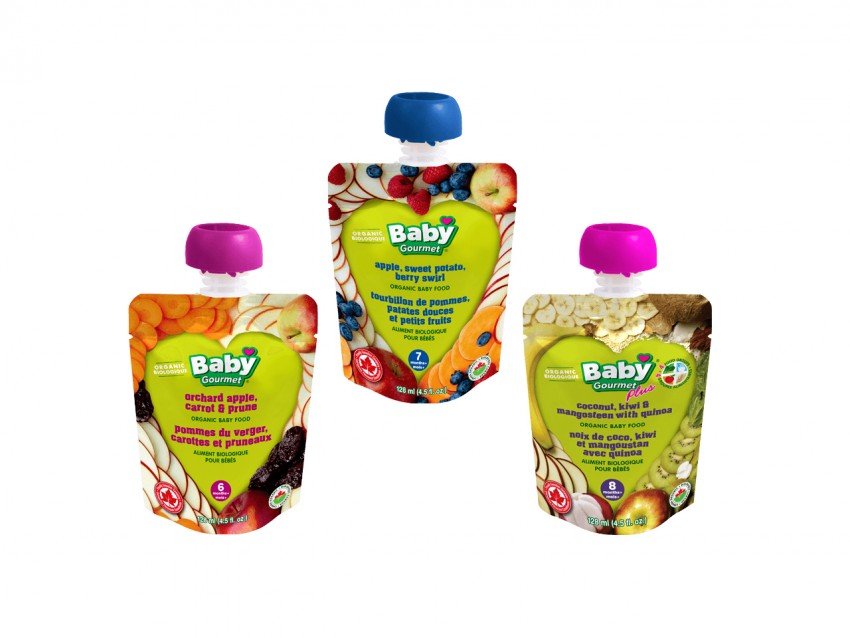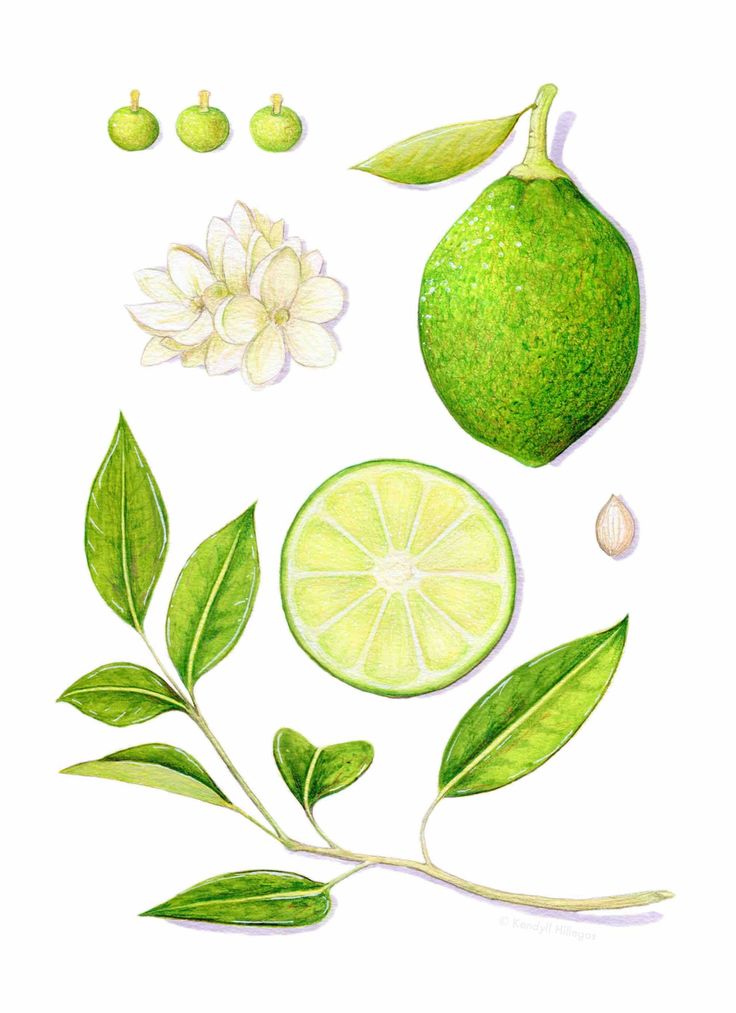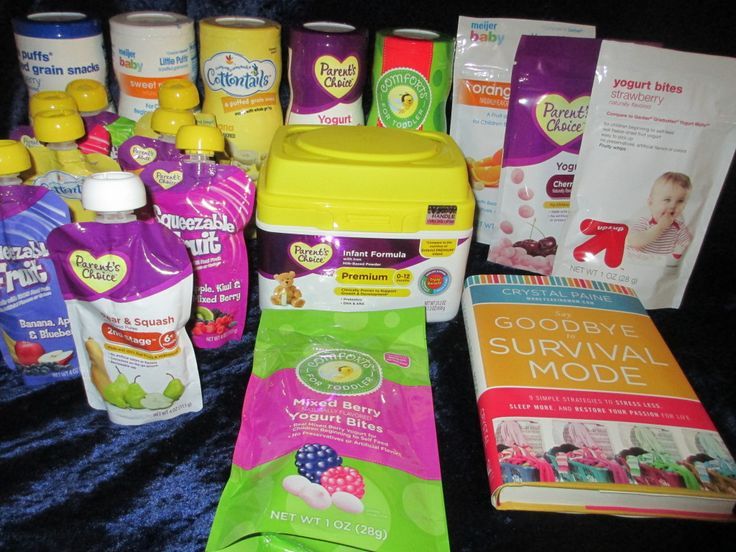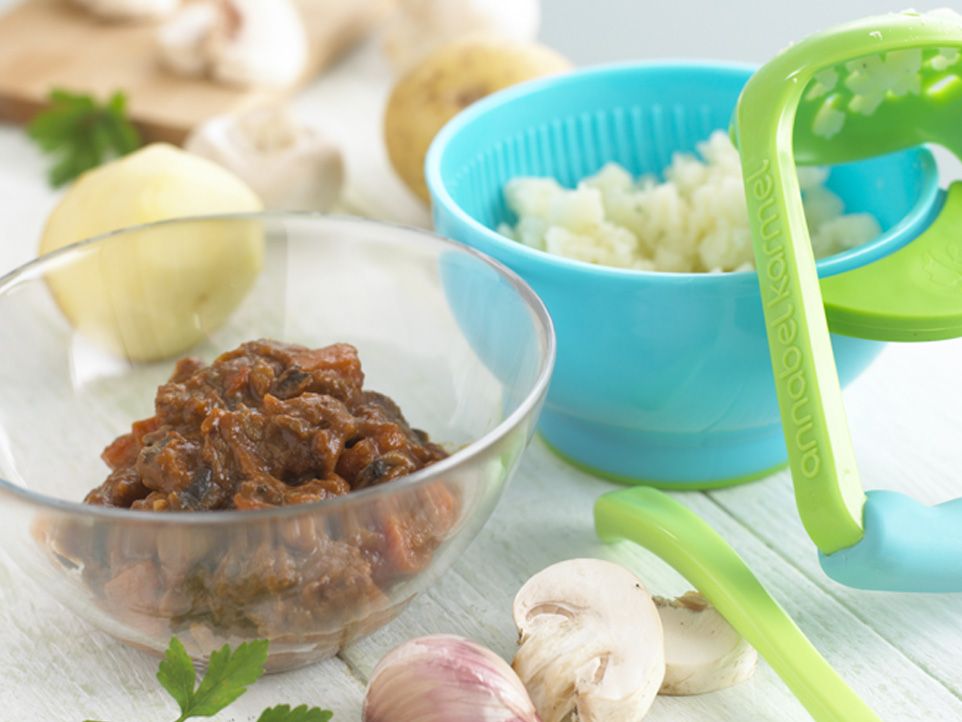How to feed a baby duck
What Do You Feed Baby Ducks for Proper Growth?
Author : Janet GarmanCategories : Feed & Health, Poultry 101
If you’ve decided ducklings will find their way to your home from the feed store or the hatchery in the new year, then you are probably wondering what do you feed baby ducks for proper growth? This is an important consideration in your journey to learn how to raise ducklings.
Believe me, a lot of chicks and ducks have found their way to our farm. And even though I have been raising ducklings for a number of years, I recently realized that not everything I had learned about feeding ducklings was working. Here are some points on which I have changed my mind concerning what do you feed baby ducks for proper growth.
1. I am no longer feeding baby ducks a poultry grower ration containing 20% protein past the second week of life.
This was the way everyone I knew was feeding baby ducks. However, feeding them duck food that is a meat bird ration or a duck raiser ration can actually be too high of a protein content for the ducklings long term. I was told for many years to use this type of feed until the ducklings were nearly grown, but I have seen negative consequences from this practice. If you are raising ducklings for meat, feeding a high protein ration may be the correct formula, since the sooner you reach market weight, the better. But with keeping ducks as pets or as egg layers or breeders, the high protein during weeks 2 to 14 of growth can lead to conditions such as Angel Wing or Twisted Wing. This happened to one of the ducklings we raised from hatch here on the farm. As I had with the previous ducklings, I fed a commercial flock raising ration until the ducks reached 14 to 16 weeks of age. However, one duckling did develop Angel Wing, so I looked into the causes and prevention. The extra protein during the development from 2 weeks to 10 weeks, can lead to very fast bone growth resulting in a twisting or bending of the bones in the wing.
 It usually only affects one of the wings. Keeping ducks as pets in a fenced enclosure, you may not have any noticeable problems from the abnormal growth but ducks allowed to free range or ducks in the wild, will not move as quickly, will not be able to fly at all, and will be easier for predators to catch and kill.
It usually only affects one of the wings. Keeping ducks as pets in a fenced enclosure, you may not have any noticeable problems from the abnormal growth but ducks allowed to free range or ducks in the wild, will not move as quickly, will not be able to fly at all, and will be easier for predators to catch and kill.
The recommendation according to experts like Dave Holderread of Storey’s Guide to Raising Ducks, is to feed the 18 to 20% protein ration only for the first 2 weeks of a duckling’s life. Next, switch to a 16% protein ration for the rest of the duck’s life. In addition, allowing the ducks some free ranging time, if it can be supervised to avoid predator attacks, will benefit the duck’s diet greatly. Eating greens and bugs foraged in the wild keeps the diet balanced with the commercial feed offered free choice. Alternatively, you can forage for them and take greens, and weeds and cut up grasses into the pen.
2. I no longer feed ducks bread products.
 And I don’t feed stale bread to wild ducks either.
And I don’t feed stale bread to wild ducks either.Feeding high protein, high carbohydrate bread products to ducks can also lead to fast growth and twisted bones as the ducklings grow. Flocks of ducks that have no humans feeding them treats show no sign of Angel Wing or abnormally quick bone growth. If the duck cannot act and move quickly to try to escape a predator, it is, in reality, a sitting duck.
3. The treats I do bring my ducks consist of what they would be looking for in the wild.Although I do allow my flock to free range when I can keep an eye on them, I still bring them some goodies. After all, it’s part of the fun of having them around. But instead of giving them any old foods we had at the house, I limit their treats to foods that are healthy for them. Here are some items that our ducks love and that are healthy for them.
- Chopped kale
- Bite size pieces of romaine lettuce or Swiss chard
- Watermelon
- Small amount of cooked pumpkin
- Peas, carrots, cooked green beans
- Chickweed and smartweed – They are packed with minerals and nutrition.
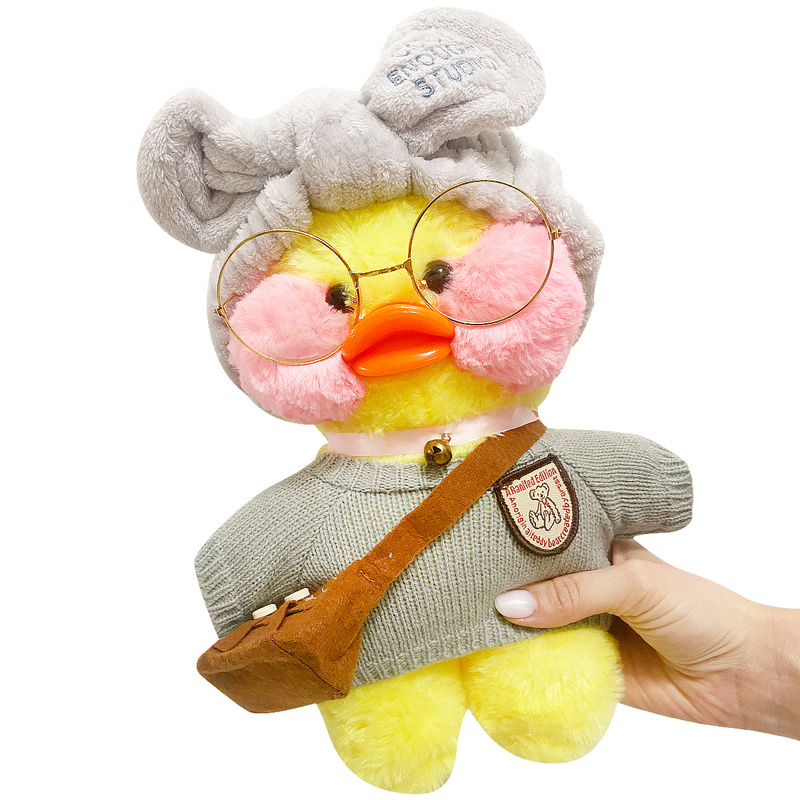 Both grow in abundance on our farm and are enjoyed by the flock.
Both grow in abundance on our farm and are enjoyed by the flock. - Mealworms – My ducks would not be happy if I did not bring the meal worms occasionally. These are given as a treat so of course, they are not eating them every day or in great quantity. However, mealworms are high in protein, so they are a good choice during molting and are a tasty way to entice the ducks back into the duck run at night.
4. My recommendations for what do you feed baby ducks for proper growth?
I have changed to using a flock raiser or higher protein non-medicated chick starter ration for only the first two weeks of growth with ducklings. From weeks 3 to 14, I feed a 16% protein grain ration. After the ducklings are fully grown, feed either the flock raiser ration if you are able to supplement enough with free ranging time or bringing in weeds, and greens and grasses. Otherwise, I use a 16% protein ration unless conditions call for a higher protein ration. These conditions might include the absence of egg laying. It’s not at all a one size fits all feeding plan when caring for ducks in captivity. You must look at the total environmental picture and then feed accordingly for a healthy happy duck.
These conditions might include the absence of egg laying. It’s not at all a one size fits all feeding plan when caring for ducks in captivity. You must look at the total environmental picture and then feed accordingly for a healthy happy duck.
Let me also state that I am not an expert at raising ducks and you should always do what you feel is right for your flock. Learn all you can about the nutritional needs of any animal and feed accordingly, using the best ingredients you can source.
Categories : Feed & Health, Poultry 101Tags : aandbestcutduckduck-foodducklingeatingeggfeeding-baby-ducksforfreeguideguide-to-raising-duckshappyhowhow-toiningredientskeeping-duckskeeping-ducks-as-petslongmeatmedicated-chick-starterpoultryraisingraising-ducklingsraising-ducksthatthetoweedswhatwhat-do-you-feed-baby-ducks
What Do Ducklings Eat? 13 Foods for Baby Ducks
More Great Content:
Adorable and fuzzy, ducklings eat a slightly different diet than grown ducks. What they eat helps them grow into strong swimmers, capable flyers, and the chatty birds we know and love.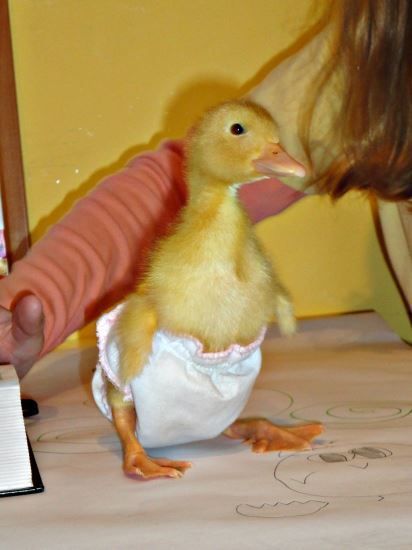
So, what do ducklings eat?
Ducklings eat insects, plants, algae, and worms.
Wild baby ducks eat differently from pet ducklings as well.
But how much does a duckling need to eat in order to become a fully fledged adult? And what is best to feed your new pet duckling, should you have one? Let’s learn about this adorable bird now.
What Does a Duckling Eat?
Baby ducklings eat bugs, algae, plan matter, and birdseed.shaftinaction/Shutterstock.com
A duckling eats a variety of bugs, including worms and beetles, plant matter, algae, and more. They are considered omnivores and opportunistic eaters, which is why the ducklings in your local park aren’t shy about taking your bread or other bird food!
According to The Wilson Bulletin, the beak structure and overall width of their mouth can affect what a baby duck can eat. Depending on the species, they have the ability to strain food from plants or peck food from the water.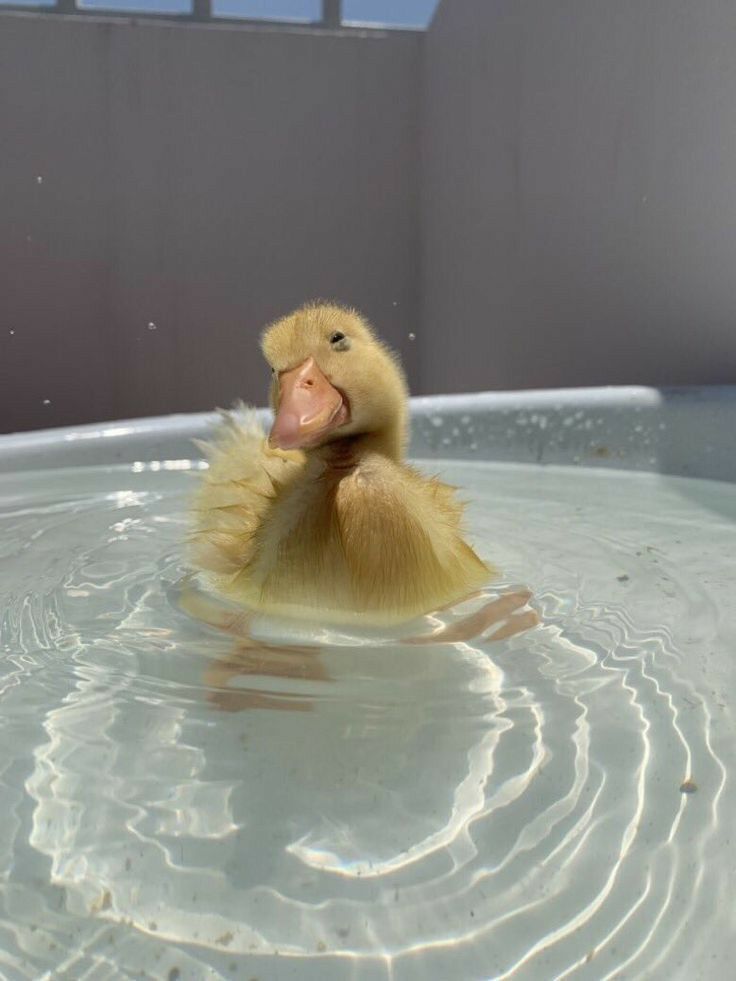
A duckling’s diet changes as the bird ages. Their diets expand and become more omnivorous, depending on the species and the available regional food. Let’s take a look at what a duckling eats on a more in-depth level.
A Complete List of 13 Foods Ducklings Eat
Ducklings have been known to eat the following foods:
- Worms
- Bugs
- Invertebrates
- Algae
- Grass
- Plant matter
- Small fish
- Cracked corn
- Oats
- Barley
- Mixed greens
- Birdseed
- Nuts
Ducklings should be fed a diet of mealworms and plant matter at an early age, though grasses tend to make baby ducks bloat. Wild ducks tend to stick to whatever bugs they find, and they will eat food that is fed to them by park visitors or guests.
Bread has been long regarded as a bad thing to feed wild birds. Molding bread can be fatal to baby ducks, and the lack of nutritional value in processed bread can damage a duckling’s ability to grow.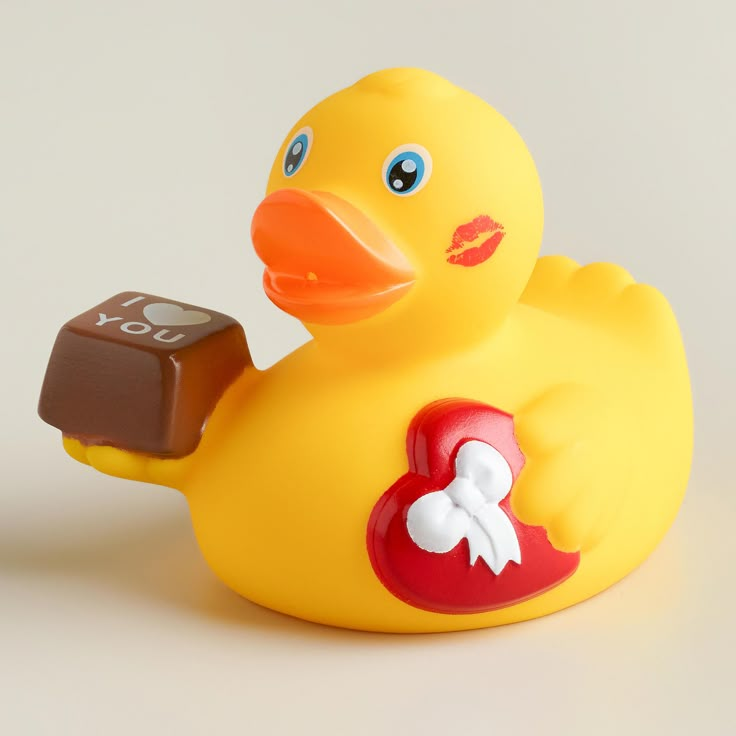
Keep in mind that a duckling’s food source changes as it ages. Even after as little as four weeks, a duckling can shift to eating more bugs or grain meal should you be keeping ducks as pets.
By four weeks of age ducklings are eating more bugs and grain meal.Matias Gauthier/Shutterstock.com
How Much Does a Duckling Eat?
A duckling eats around ¼ pound of food per day. It will depend on the age of the duckling and the food available, as ducklings are keen eaters. They free graze as young birds, and require even more food as they age.
It is important to stick to this amount of food if you are raising ducks from a young age. While ducklings free graze for the first 4-5 weeks of their lives, you should be sure to stick to a certain amount of food once they age a bit more.
A study performed by Waterbirds: The International Journal of Waterbird Biology states that younger ducklings dive for food much less often than older ducklings. This usually leads to an uneven feeding in very young ducklings, and can even put them at risk of predation.
As ducklings age, they begin to behave more like adult ducks- diving for bugs or water invertebrates is less of a problem for them, and therefore they eat in larger quantities. A 0-5 week old duckling is most at risk, between its many predators and its inability to dive for food.
Speaking of predators, let’s take a look at some animals that are a risk to ducklings… There are quite a few.
What Eats Ducklings? Their Main Predators
Predators like foxes, raccoons, and hawks eat ducklings.Jody Ann/Shutterstock.com
Now you know the answer to the question, “what do ducks eat, when they’re newly hatched?”, it’s time to take a look at what eats them too.
Ducklings have many predators that will eat them, including cats, foxes, and large fish. The following predators will eat ducklings:
- Feral cats
- Foxes
- Large fish
- Snakes
- Bullfrogs
- Snapping turtles
- Raccoons
- Hawks
- Owls
- Crows
According to Ducks Limited, a duckling is unable to fly until it has reached at least 50 days old, making this period of time the most dangerous for them. Their potential survival rate is anywhere from only 10% all the way up to 70%.
Their potential survival rate is anywhere from only 10% all the way up to 70%.
Their survival rate depends on many things, including their location and the size of their brood. However, ducklings are indeed easy prey, especially considering their inability to escape or fly away!
What to Feed Ducklings as a Pet
Ducklings eat birdseed, pellets, mealworms, and fruit.Santirat Praeknokkaew/Shutterstock.com
You can feed ducklings a variety of things when keeping them as pets:
- Birdseed
- Duck pellets
- Chicken feed
- Mealworms
- Vegetable scraps
- Fresh lettuce and mixed greens
- Cracked corn
- Barley
- Oats
- Fresh fruit
Always be sure to only feed your ducklings a certain amount of food per day, and be sure to get rid of any food leftover after a 12 hour period to avoid feeding your duckling contaminated food.
Ducklings love oats, barley, and cracked corn as a treat, though be sure not to feed them too many grains when they are young. There is specific duckling feed that you can buy from pet stores and hardware stores in order to keep them healthy.
There is specific duckling feed that you can buy from pet stores and hardware stores in order to keep them healthy.
Moistening any food that you give a baby duck is a necessary part of the process. Ducklings don’t have teeth or any real way of chewing, and they instinctively prefer to peck and strain food from sources of water.
Speaking of water, having an ample amount of water available to baby ducks is key to their survival. Not only do they require it as swimmers and waterfowl, but they need to be consuming a large amount of water per day in order to survive.
Ducklings are fairly easy to care for as pets, though be sure to avoid placing any pebbles or rocks in their enclosures, as they can easily swallow these and get ill. As they age, ducklings will become easier to care for, and they will eat just about anything you choose to feed them!
types of feed, diet and norms
For normal development and rapid weight gain, ducklings need to receive high-calorie balanced feed from the first days of life that meets the needs of age and direction. Health, survival, livestock productivity and, accordingly, the profitability of the economy primarily depend on the proper nutrition of birds. Thanks to a well-designed diet and feeding regimen for ducks, it is possible to improve the quality of the final product and reduce veterinary costs, both at a large poultry farm and at home.
Health, survival, livestock productivity and, accordingly, the profitability of the economy primarily depend on the proper nutrition of birds. Thanks to a well-designed diet and feeding regimen for ducks, it is possible to improve the quality of the final product and reduce veterinary costs, both at a large poultry farm and at home.
- What foods are good for ducks?
- Benefits of feeding ducks specialty feeds
- Features of the spring-summer diet
- Nuances of feeding in winter
- Prohibited products
- Norms and diet for ducks of different ages
- Benefits of compound feed for ducks produced by MEGAMIX Group of Companies
What foods are good for ducks?
| Cereals are the main component of feed mixtures. They contain a lot of proteins, carbohydrates, vitamins and fiber necessary for good growth and muscle mass gain. |
|
| Legumes are a high-calorie source of protein |
|
| Juicy feed enriches the diet of ducks with vitamins, stimulates appetite |
|
| Animal products are necessary for the normal development of the bird's body, rapid weight gain or increase in egg production. |
|
| Minerals are important for good food digestion and egg formation. |
|
Benefits of feeding ducks specialty feeds
High-quality ready mixes are biologically safe and balanced.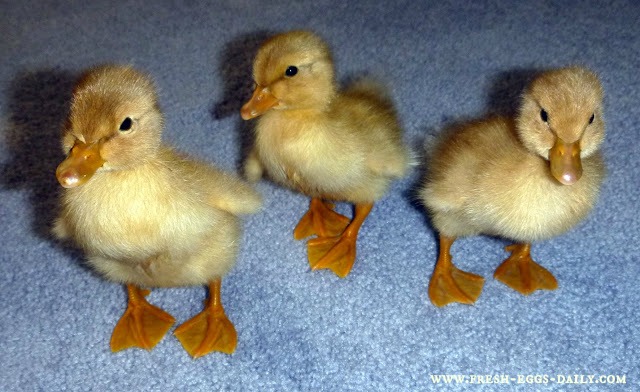 They are made from natural components of plant and animal origin, which has passed multiple tests. They use the most digestible grains as the main ingredients. Starter mixtures can be additionally enriched with pure amino acids obtained in the laboratory.
They are made from natural components of plant and animal origin, which has passed multiple tests. They use the most digestible grains as the main ingredients. Starter mixtures can be additionally enriched with pure amino acids obtained in the laboratory.
Ready mixed feeds and meet the age needs of birds. In the production process, they undergo short-term heat treatment, which destroys harmful microorganisms, but does not have time to destroy useful substances. The use of purchased compound feed simplifies the care of ducks and frees the poultry house from additional work on the preparation of mash.
Features of the spring-summer diet
During this period, the chicks are actively growing and gaining weight. If the breeder specializes in meat breeds, then feeding is limited only to the spring-summer season. In large farms, where birds do not have the opportunity to walk, ducks are given compound feed 4 times a day. For home breeding, summer is also the best period. On small farms or in subsidiary farms, wet mashes are usually alternated with a mixture of cereals and fresh herbs, and concentrated mixtures are used instead of complete feed to enrich the diet.
On small farms or in subsidiary farms, wet mashes are usually alternated with a mixture of cereals and fresh herbs, and concentrated mixtures are used instead of complete feed to enrich the diet.
In duck breeding, the cultivation of birds in water bodies is used, however, such conditions are not suitable for all breeds. The advantages of the method are that ducks independently extract all the necessary nutrients. However, to gain weight, they need to additionally give high-calorie feed. Because of this, the fattening time can increase up to 4-6 months. instead of 2.5. However, as a result, the breeder receives lean, juicy meat with excellent taste.
Nuances of feeding in winter
In egg breeds, the diet during the cold season changes significantly. The amount of succulent fodder and greens is reduced. Instead, the proportion of meat and bone and fish meal, dried hay, and boiled vegetables is increasing. Ducks need to be fed only twice a day: in the morning and in the evening. The main volume is made up of grain mixtures, wet mixers. To compensate for the deficiency of proteins, vitamins and calcium, special premixes or protein-vitamin-mineral complexes are used.
The main volume is made up of grain mixtures, wet mixers. To compensate for the deficiency of proteins, vitamins and calcium, special premixes or protein-vitamin-mineral complexes are used.
In winter, it is important to ensure that egg breed ducks receive enough calories, but do not gain excess weight, since obesity leads to a decrease in productivity.
Prohibited products
Despite the fact that ducks are almost omnivores, some foods can harm them. It is not recommended to give the bird:
- Moldy feed. Mycotoxin poisoning can lead to serious consequences.
- Fine flour. It can clog the nose and swell in the stomach, causing a false feeling of fullness. As a result, ducks receive less nutrients, eat less feed, and gain weight worse.
- Bread. Such food causes dysbacteriosis and upset of the gastrointestinal tract in the bird's body. Only crackers in small quantities are allowed.
- Fresh milk. In the stomach, it is not absorbed, but folds, causing indigestion.

- Poisonous herbs for ducks: celandine, cocklebur, henbane, poisonous milestone, maple leaves, etc. When chopping fresh herbs, you need to carefully check all the plants.
- Fresh nettle. Untreated stems and leaves can burn the walls of the stomach and lead to irritation of the gastrointestinal tract.
- Cucurbitaceae, in particular cucumber and marrow. Their excessive use provokes the excretion of calcium.
- Vegetable and fruit cleaning. They are too dense and hard to digest.
Norms and diet for ducks of different ages
Calorie and nutrient requirements change in chicks as they grow. When choosing feed for ducks, you should pay attention to its labeling and composition.
In the period up to 4 weeks, the digestive system of the chicks is still not sufficiently formed, easily digestible proteins predominate in the feed. Enzymes are added to the feed mixture to improve digestion. The diet of ducklings is enriched with organic acids, vitamins, macro- and microelements, which are responsible for the formation of a strong skeleton and the normal development of internal organs. Since the immunity of chicks is weaker than that of adult ducks, coccidiostatics are added to the starting compositions. These substances destroy pathogens and prevent the massive spread of coccidiosis among young animals.
Since the immunity of chicks is weaker than that of adult ducks, coccidiostatics are added to the starting compositions. These substances destroy pathogens and prevent the massive spread of coccidiosis among young animals.
In the finishing phase (4-8 weeks), ducks require less protein. The protein content in the feed is reduced, but the amount of carbohydrates and fiber is increased so that the bird gains weight faster. Laying ducks require specialized feed. It contains antioxidants that increase the productive period of birds and improve the palatability of eggs.
The feeding schedule is developed taking into account the age of the bird, the season, the size of the livestock and the characteristics of a particular breed. Violation of the recommended regimen can provoke gastrointestinal diseases and blockage of the goiter. In the starter phase, food is given frequently, but in small portions. As the ducks grow older, the dosage increases. By the finish stage, the number of feedings is gradually reduced to 2 times a day.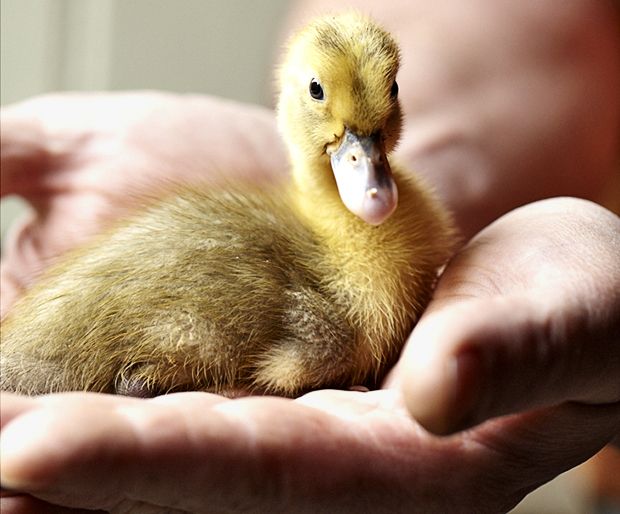
Feeding large portions increases the average daily weight gain of birds. It usually takes 2.5 months to raise ducks for meat. Birds are kept in separate pens or cages and restricted in movement so that they gain mass faster without wasting calories on movement. They are fed high-calorie mixtures containing a large amount of cereals and starch. Wet mixers are filled with whey. 2 weeks before slaughter, fish products are excluded from the diet.
During the period of active laying, ducks need to provide a varied diet with a high content of vitamins. In winter and early spring, it is useful for laying hens to give sprouted grains of oats, wheat and barley in the amount of 10–15 g. Every day, the bird needs to drink about 1 liter of water, so it is not recommended to feed it with wet mash. The diet of egg breeds should include yeast rich in B vitamins.
The MEGAMIX company produces all types of complete mixtures for ducks of various ages.
PK-21 Starter feed for ducklings from 0 to 4 weeks
PK-22 Finishing composition for young animals 4-8 weeks, accelerating weight gain
Benefits of compound feed for ducks produced by MEGAMIX Group of Companies
You can order all types of feed mixtures for ducks and geese from us.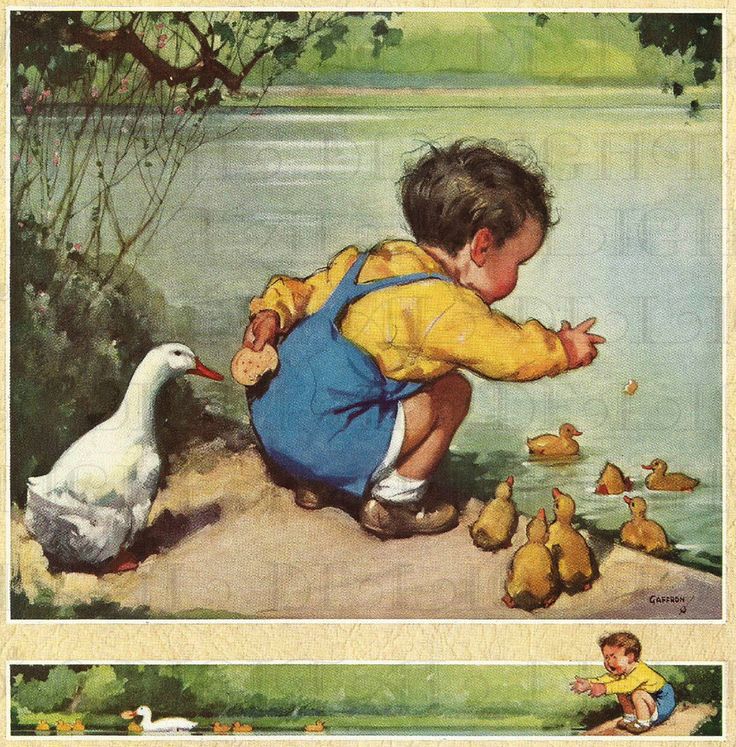 The company has created all conditions for the production of high-quality feed:
The company has created all conditions for the production of high-quality feed:
- our products meet the age and species requirements of the bird;
- all components are mixed with high precision and carefully processed on modern equipment;
- incoming raw materials and final product are tested for safety in a world-class laboratory;
- prepared feeds are stored in ventilated warehouses and are not affected by mycotoxins;
- wet mixes are packaged in special packaging that maintains the required moisture level throughout the entire shelf life.
Here you can buy ready-made compound feed for ducks or order the development of a product according to an individual recipe. The company's technologists will advise you on the best way to feed ducks, calculate product rates for birds of different ages and give useful advice on livestock keeping conditions.
Feeding ducks at home. Tips from experts Feedlife
As poultry, ducks are characterized by unpretentiousness in terms of keeping and feeding conditions.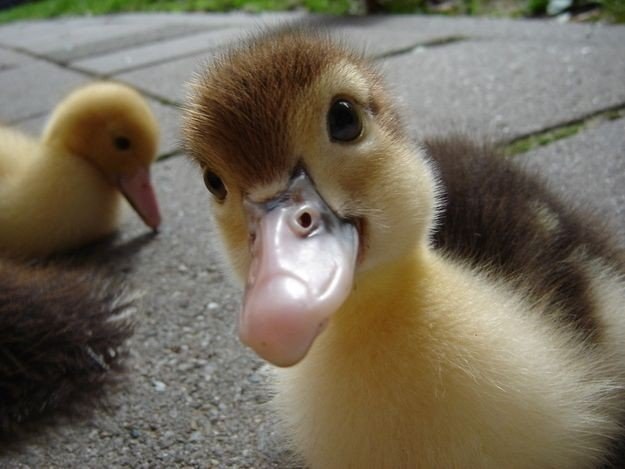 But if you are going to start raising ducks in your private household and want to get high rates for meat and egg production, you better familiarize yourself with the recommended components in the diet and some of the nutritional features of ducks in advance. So, first things first.
But if you are going to start raising ducks in your private household and want to get high rates for meat and egg production, you better familiarize yourself with the recommended components in the diet and some of the nutritional features of ducks in advance. So, first things first.
Overview of useful duck feeds
According to their raw material composition, all duck feeds can be divided into several types:
Cereal. Of these, 75-80% consists of a duck diet at any time of the year. Unlike chickens, which digest cereal feed by 60%, the rate of assimilation by ducks is 80%. Particularly useful for birds are nutrient-rich corn, wheat, barley, oats, legumes.
Juicy. They are based on aquatic and terrestrial green plants, the green part of vegetables and root crops, combined silage. Feeding succulent types of food helps to increase the profitability of breeding ducks at the expense of minimal costs.
Animal origin. These include fish and meat and bone meal, fat-free cottage cheese. Mandatory inclusion of feed of animal origin in the menu of ducks is due to the fact that in the wild they are natural food for birds. It is especially important to give such feed to ducks during the laying period so that the formed shell is hard.
Mandatory inclusion of feed of animal origin in the menu of ducks is due to the fact that in the wild they are natural food for birds. It is especially important to give such feed to ducks during the laying period so that the formed shell is hard.
Mineral additives. Feeding them has a positive effect on digestion, as well as on the formation of strong egg shells during laying. The main mineral supplements in the diet of ducks are shells, eggshells, bone meal, table salt, fine gravel or coarse sand.
It is desirable that all the above types of food are present in the daily diet of ducks. And in what proportions, depends on the purpose of breeding birds and seasonality.
What not to feed ducks
You already know what you can and should feed ducks. Now let's see what food is forbidden for them and why:
Fine flour: added to the mash, it absorbs moisture and sticks together, closing the duck's nasal openings and making it difficult to breathe.
Fresh milk: it quickly turns sour, and ducklings begin to vilify after taking it in this form.
Cereals (especially dairy): like milk, they spoil quickly and cause digestive upset in ducks.
Moldy feed and bread: causes diseases such as aspergillosis.
Unprepared nettle: this plant can be eaten only after scalding with boiling water.
Poisonous herbs (celandine, black henbane, cocklebur, etc.): they can be caught among edible greens, so you need to be careful when collecting herbs.
Maple leaves: causing mass mortality of ducks.
Seasonal features of feeding ducks
Feeding ducks differs depending on what season is outside the window: summer or winter.
Available
PC 22-1. Waterfowl grower, 4-7 weeks
Feeding ducks in summer
Feeding ducks at home during the summer months is easier than in winter.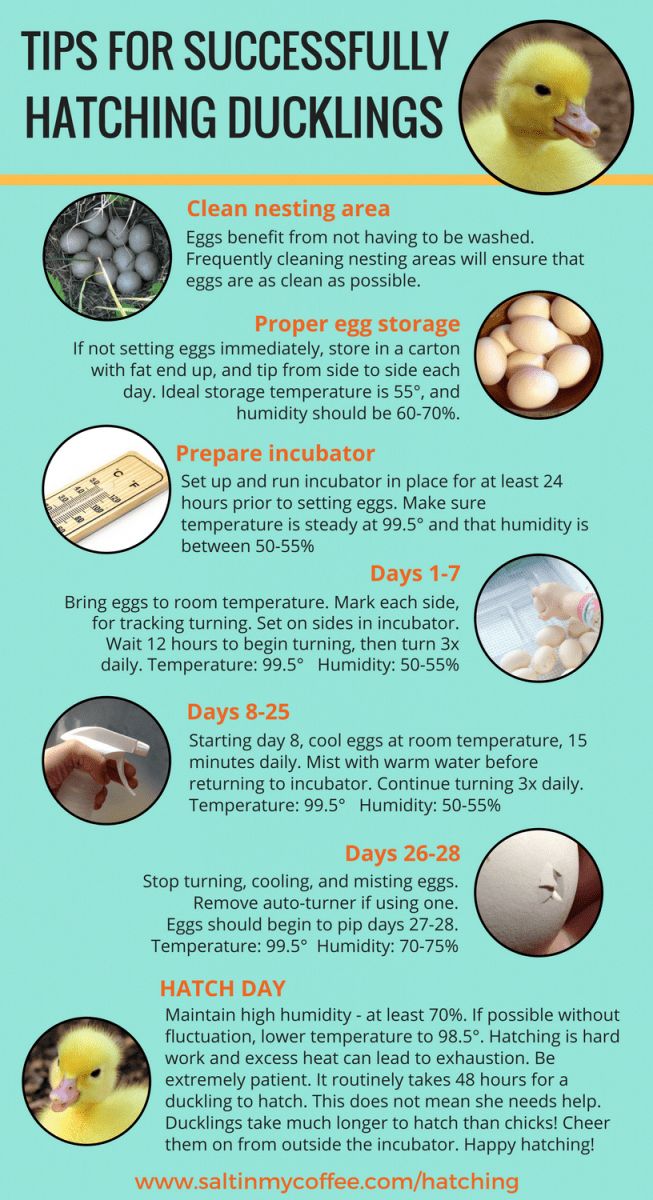 You can choose any of the three available options:
You can choose any of the three available options:
Open water permit. This is the most economical way to feed ducks: you just need to walk the bird, and in its natural environment, it finds its own food. The most that may be required of you is to feed the ducks in the evening, reducing the usual portion by 1.5-2 times.
Fresh grass approval. This type of feeding is easier to organize, as open lawns are easier to find than open waters. In this case, the ducks also independently find suitable food for themselves in the form of greenery or insect larvae. All you have to do is give a 1.5-2 times smaller portion of the usual food in the morning and evening.
Herb feeding. If there is neither a reservoir nor a lawn near the place where the ducks are kept, good nutrition must be provided with the help of grass, which is plucked 3-4 times a week. In addition, dry and wet food is given twice a day.
Available
PC 21-1.
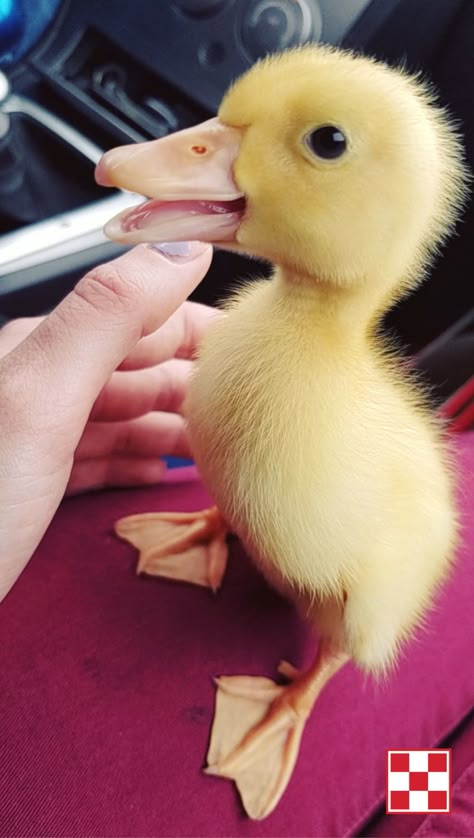 Start for young waterfowl, 0-3 weeks
Start for young waterfowl, 0-3 weeks Feeding ducks in winter
Winter nutrition of ducks differs from summer not only in the composition of the feed (fresh greens and insects disappear from the diet), but also in the feeding regime (ducks are fed only in the morning and in the evening ). The composition of the feed can be selected according to one of two options:
Dry food (groats, fish or meat and bone meal, dust).
Wet mash (combination silage, steamed hay, boiled potatoes).
Note that ducks do not gain weight in winter and autumn, but at the same time they lay fat. Therefore, the usual dosage of servings should not be reduced.
From the first days of life, ducklings until slaughter, regardless of the time of year, you can feed the bird with natural feed from the Ukrainian manufacturing plant "Feedlife". The range of our online store includes complete feed for waterfowl TM "Feed&Life" and TM "NORMA plus", adapted to different age groups of birds.

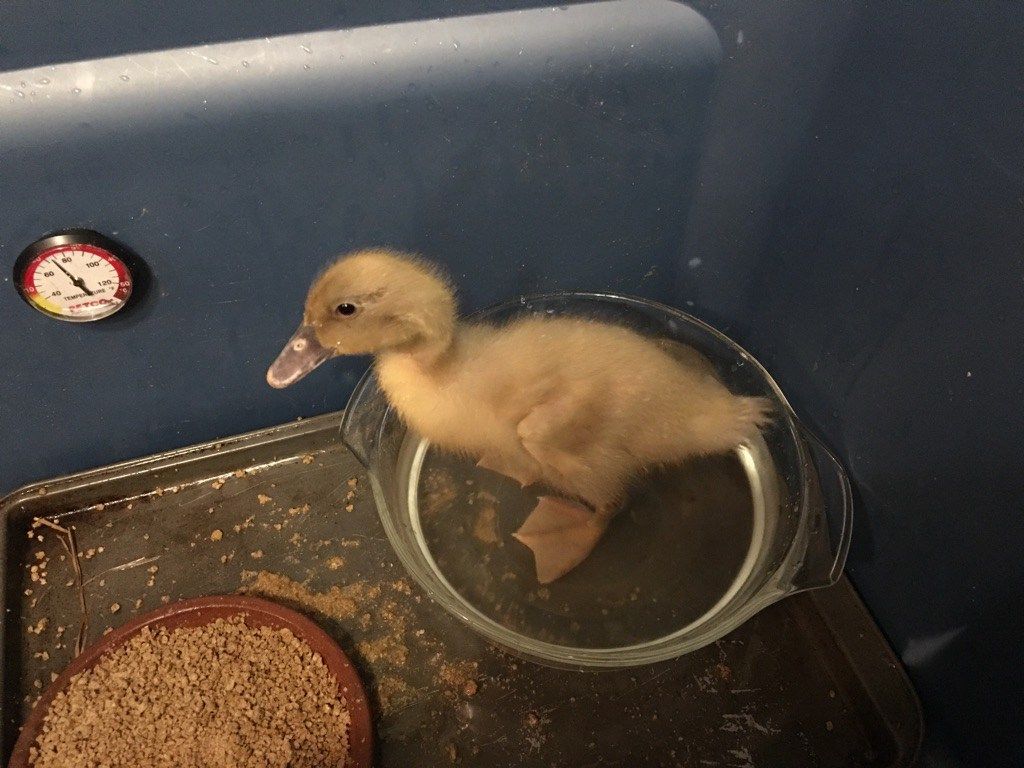 It contains about 2-3% fiber, which improves digestion. Most carotene, necessary for the synthesis of vitamin A, is found in yellow varieties of corn. The volume of this culture in the diet of ducks can be up to 50% of the total amount of feed.
It contains about 2-3% fiber, which improves digestion. Most carotene, necessary for the synthesis of vitamin A, is found in yellow varieties of corn. The volume of this culture in the diet of ducks can be up to 50% of the total amount of feed. 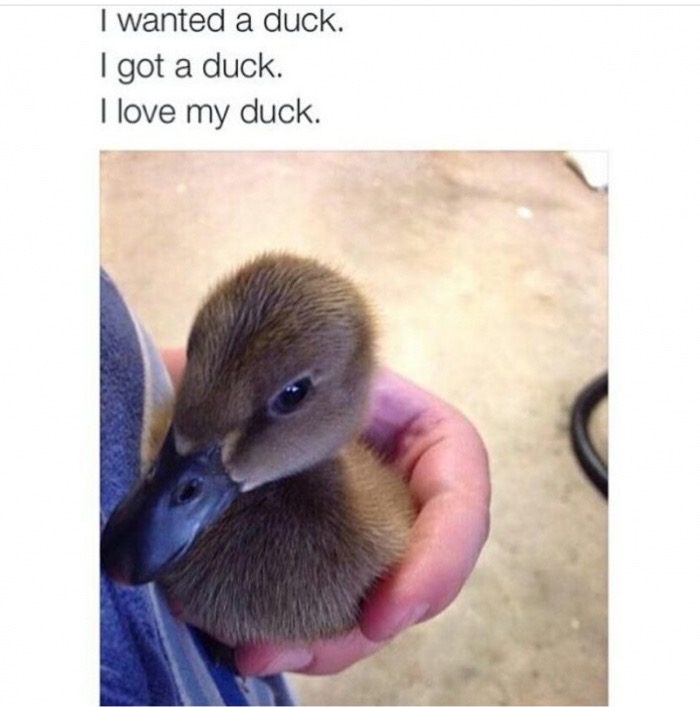 Like oats, barley has a rough skin that is difficult to digest. In feed, it is used in powdered form.
Like oats, barley has a rough skin that is difficult to digest. In feed, it is used in powdered form. 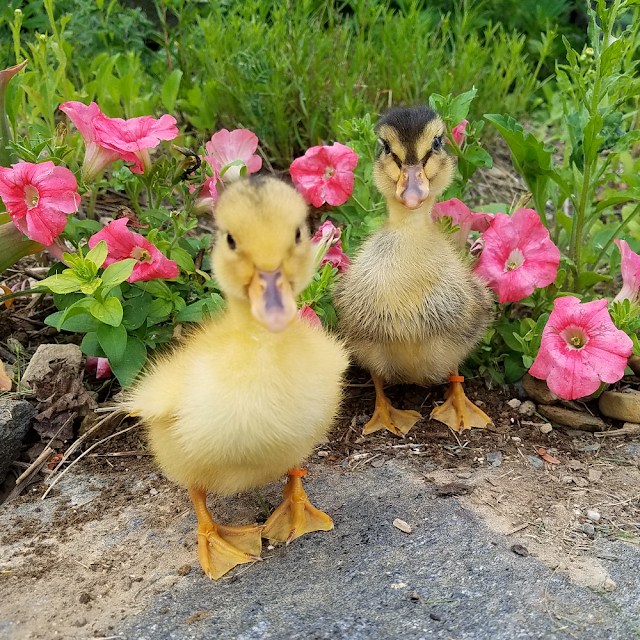 Birds with appetite eat elodea, ryama, pondweed, duckweed, etc. and well assimilate vitamins and microelements contained in plants. From the 2nd week of life, ducklings can be given no more than 15 algae per day. Adults at the fattening stage require about 50 g per day.
Birds with appetite eat elodea, ryama, pondweed, duckweed, etc. and well assimilate vitamins and microelements contained in plants. From the 2nd week of life, ducklings can be given no more than 15 algae per day. Adults at the fattening stage require about 50 g per day. 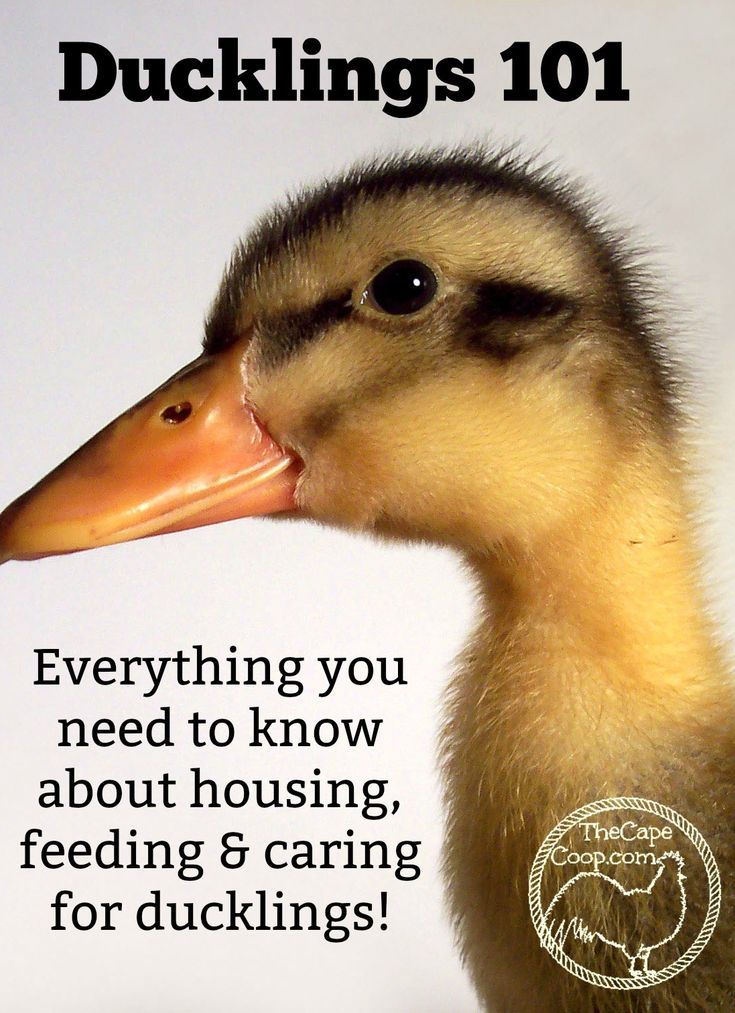 The product is recommended to be added to the feed for ducklings, starting from 5 days of age in an amount up to 5% of the total volume. In the diet of adult birds, its share increases to 10%.
The product is recommended to be added to the feed for ducklings, starting from 5 days of age in an amount up to 5% of the total volume. In the diet of adult birds, its share increases to 10%. 


